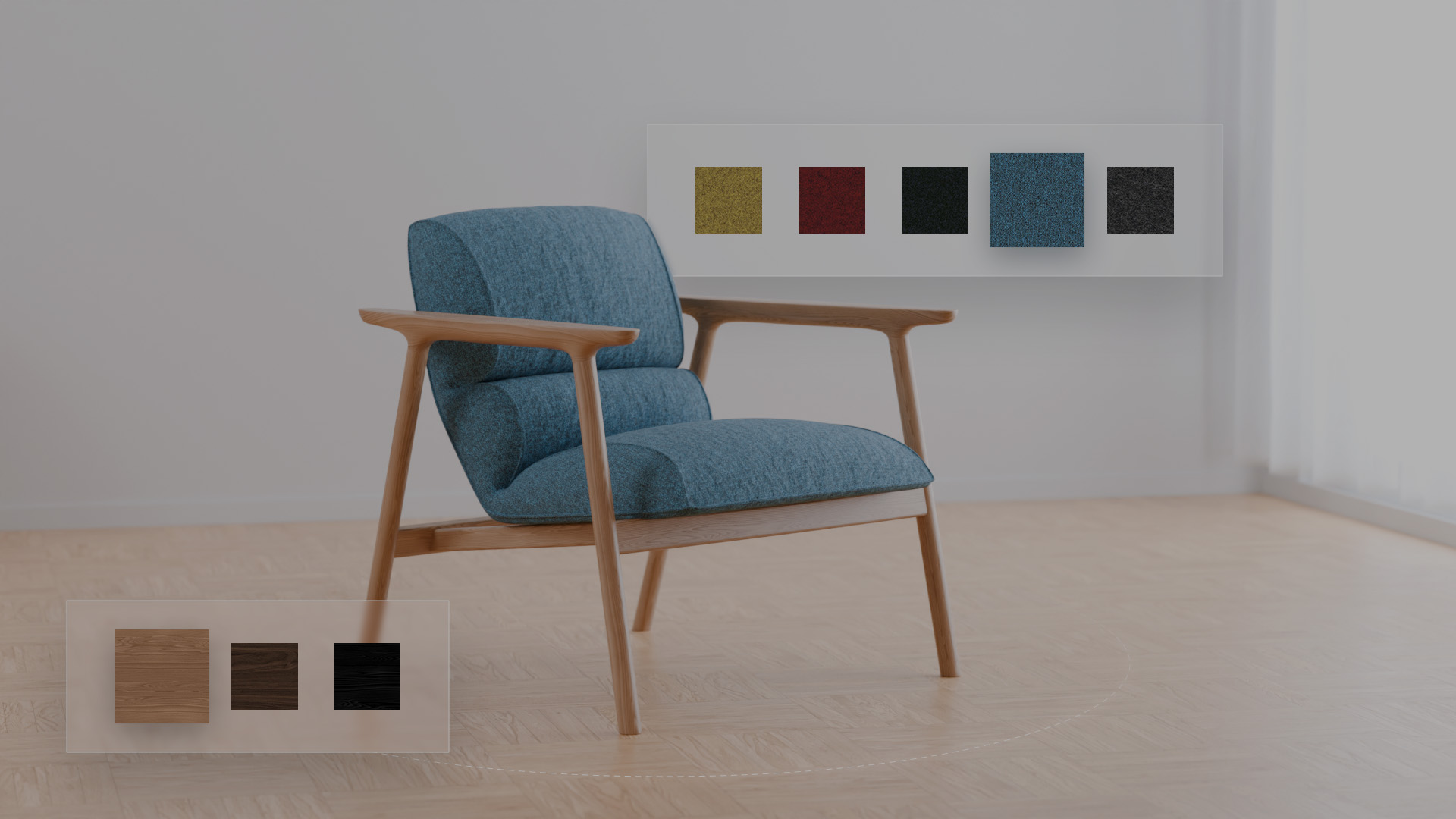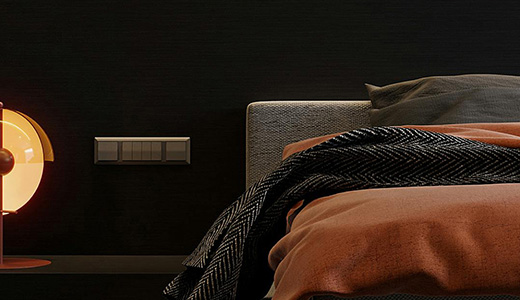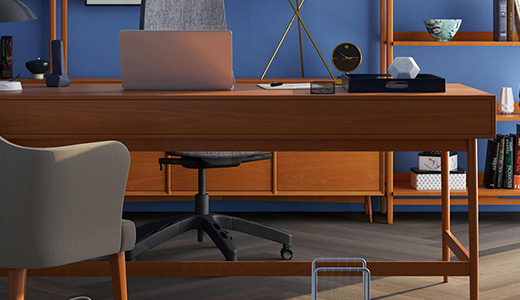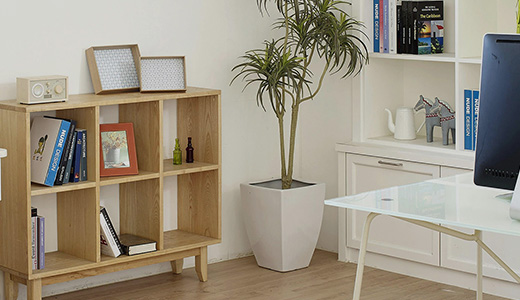
Top 5 Benefits of Using 3D + AR Furniture for Online Stores
In the ever-evolving world of e-commerce, technology is a driving force behind the shifts in consumer behavior and the strategies that businesses use to stay competitive. One of the most promising innovations to enhance the customer experience, particularly in the furniture industry, is the integration of 3D and Augmented Reality (AR) technology. By offering immersive, interactive, and real-time visualizations of furniture, 3D + AR is revolutionizing how consumers shop for furniture online. For online stores, e-commerce websites, and furniture retailers, this technological leap offers significant opportunities to improve customer engagement, drive conversions, and reduce return rates.
But what exactly makes 3D + AR furniture technology so powerful? Let’s explore the top 5 benefits of using this cutting-edge solution for online furniture stores.
1. Enhanced Customer Engagement and Interaction
One of the most important benefits of integrating 3D and AR furniture technology into online stores is the ability to engage customers on a deeper level. Traditionally, online shopping lacks the tactile, in-person experience that brick-and-mortar stores offer. Shoppers may feel uncertain about whether a piece of furniture will fit or match their home’s aesthetic.
With AR technology and 3D services retailers can bring this in-person experience to life digitally. Using a 3D configurator with integrated AR, customers can now visualize their customized furniture in their own space through their mobile devices or computers. They can rotate, zoom, and explore every detail of a product as if they were interacting with it physically. This immersive experience significantly increases engagement time, leading to more informed purchasing decisions and higher customer satisfaction.
For instance, IKEA’s AR app, IKEA Place allows users to see how furniture would look and fit in their homes, addressing common concerns such as size, style, and compatibility. This not only reduces buyer hesitation but also increases conversion rates.
2. Higher Conversion Rates and Reduced Returns
When customers are confident in their purchases, they’re more likely to convert. 3D rendering services allow retailers to provide high-quality, accurate product visualizations that build trust with potential buyers. Customers can view furniture from every angle, inspect the texture and materials closely, and even customize the product in real-time, such as choosing different colors, finishes, or sizes. This level of personalization, made possible by 3D modeling services, helps retailers meet individual customer preferences and needs more effectively.
Additionally, 3D + AR furniture helps reduce one of the major pain points for online stores: returns. The furniture industry is especially prone to high return rates because customers often find that items don’t fit their spaces or look different in person. However, with AR furniture tools, shoppers can accurately visualize the products in their own environments before purchasing. This reduces guesswork, minimizes the chance of buying the wrong item, and, ultimately, lowers the return rate.
By investing in 3D product rendering and 3D animation services, online stores can create precise visual representations that align with customer expectations, driving conversions and lowering costly returns.
3. Personalized Shopping Experience and Customization Options
Customers today demand personalized shopping experiences, and 3D + AR technology offers exactly that. With the integration of 3D configurators in online furniture stores, shoppers can customize furniture pieces to fit their preferences, whether it’s altering the size, changing colors, or selecting specific materials. The ability to tailor products to their needs makes the shopping experience more engaging and relevant.
For furniture retailers, this customization option can be a powerful selling tool. It allows for a wider range of product variations without needing to physically stock every combination. Instead, using 3D furniture modeling or 3D scanning services, stores can create digital versions of all possible variations, giving shoppers the freedom to explore and choose. This level of customization not only enhances the user experience but also opens up additional sales opportunities, as customers are more likely to purchase when they can create a product that feels uniquely theirs.
4. Increased Efficiency in Product Visualization and Marketing
For furniture retailers and e-commerce websites, producing professional images for every product and its variations can be time-consuming and costly. Traditionally, product photoshoots require significant resources and coordination. However, with 3D rendering services and 3D modeling services, businesses can create lifelike, high-quality images of furniture pieces without needing physical samples.
This shift to digital assets provides a more efficient and cost-effective way to showcase products online. 3D models of furniture can be reused across various marketing channels—on websites, in social media ads, and in virtual showrooms—saving time and money. Furthermore, these digital models can be updated or modified easily, allowing stores to refresh their product listings quickly to reflect new trends or seasonal changes.
Augmented reality is also a powerful marketing tool that can differentiate retailers in the competitive online marketplace. By offering an interactive AR furniture experience, stores can attract tech-savvy shoppers who are drawn to innovative and immersive online experiences.
5. Staying Competitive in a Growing Market
The rise of 3D + AR technology in the furniture industry is not just a passing trend; it’s becoming a standard expectation for many online shoppers. Major players in the industry, like Wayfair, Amazon, and IKEA, have already integrated AR furniture tools into their platforms, setting new benchmarks for customer experience.
For online stores and furniture retailers, adopting 3D and AR technology is essential to stay competitive. Retailers that offer interactive shopping experiences through 3D product rendering and AR technology stand out from those that don’t, especially as more consumers come to expect these features. As technology advances, the ability to offer seamless AR experiences will be a key differentiator in attracting and retaining customers.
By leveraging 3D scanning services and 3D furniture modeling, retailers can position themselves at the forefront of this technological revolution, appealing to a growing market of consumers who prefer to shop online.
Conclusion
The benefits of 3D + AR furniture technology for online stores and furniture retailers are clear. From enhancing customer engagement to reducing returns and increasing conversion rates, this technology offers powerful tools for transforming the online shopping experience. Additionally, by offering personalized customization options, streamlining product visualization, and staying competitive in an increasingly digital marketplace, businesses that embrace 3D and AR technology are positioning themselves for long-term success.
By investing in 3D services such as 3D rendering, 3D scanning, and 3D modeling, e-commerce websites can not only improve their bottom line but also offer a more satisfying and interactive shopping experience for their customers. As the future of online retail continues to shift toward immersive technology, 3D + AR furniture solutions will become an indispensable tool for thriving in the digital age.

 Beds & Headboards furniture
Beds & Headboards furniture Chairs & Seating furniture
Chairs & Seating furniture Tables & Desks furniture
Tables & Desks furniture Storage & Organization furniture
Storage & Organization furniture Sofas & Couches furniture
Sofas & Couches furniture